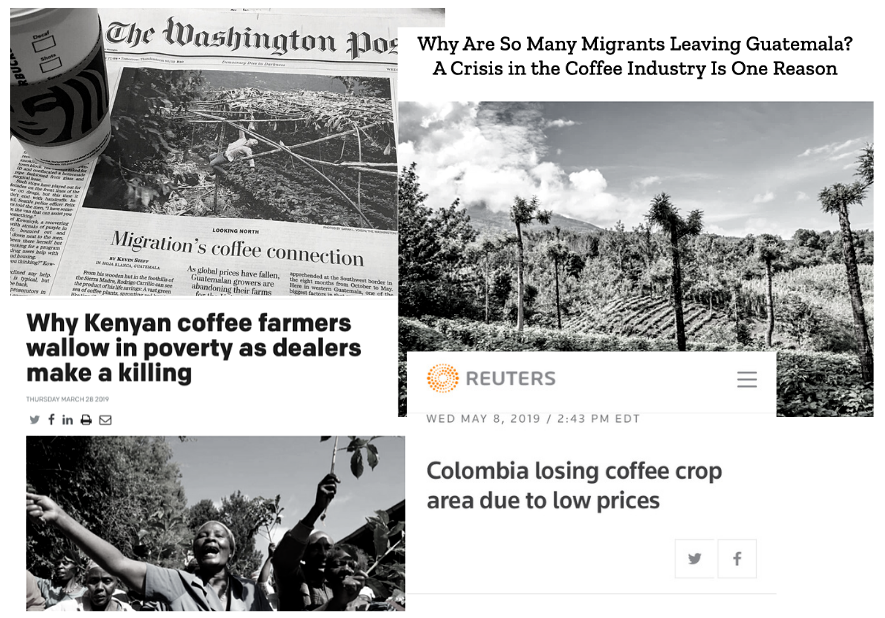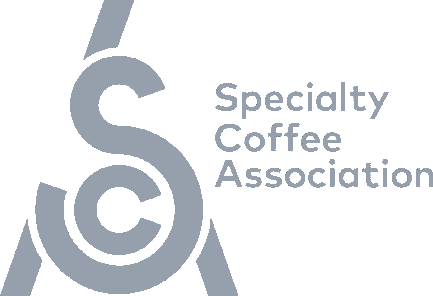Economic Transparency
Behind each lot of green coffee in Fantine, there is a producer or a group of producers that make it possible with a lot of effort. It is the producers who decide the selling price of their coffee.
Transparency in coffee is one of the most complex and substantial topics. We do our best to transmit the information that we consider key to understanding the economics behind coffee.
In order for the international coffee trade to take place, there are several necessary actors such as exporters and logistics companies. On Fantine, producers have already connected with their customers. Therefore the bargaining power remains in their hands and those of the roasters, allowing the other actors to capture the margin based on the value they generate in the chain.
When someone talks to you about coffee, you have to know that the reference price is related to the form (type) in which the coffee was sold. Not all prices at the farm gate are equivalent, because not all coffees were sold in the same way.
Price is not the only topic
We live in a time in which we, as entrepreneurs and consumers, ask ourselves many questions beyond price. We constantly debate whether producing organic coffee is a good economic bet for producers, we ask ourselves how to get out of the rhetoric of colonialism in the green coffee trade, and whether it is good to bet blindly on the wave of production of naturals or fermentations.
We wonder what the water footprint in coffee production is and whether it should be necessary to share this information. We ask our- selves how can roasters and coffee shops compensate their carbon footprint, and whether certifications should be encouraged.
One thing is true, cleaner production methods and agroforestry not only are the ways to produce better coffee’s quality but also the way to reduce the environmental impact of coffee production. Coffee is one of the few agricultural products that can be fully-grown in total harmony with the environment.
Why is traceability important?
Just like wine, coffee can develop different flavours depending on the agro-climatic conditions where it grew, and the specific techniques used in the process of getting the green bean. We can pick a fruity cabernet sauvignon from Napa or from the south of France, but also enjoy a complex Bourbon coffee from Rwanda, or a smooth and sweet Red Bourbon from Colombia.
Traditionally, up until a few years ago, it was impossible to appreciate the different varieties and flavours of coffee. Unlike wine, which is normally produced and bottled by the very same winery that grows and harvests the grapes, coffee is normally sold in great quantities in the form of mixed green beans that travel thousands of kilometers to get roasted in consuming countries, therefore traceability and transparency about green coffee’s quality have always been difficult or impossible to achieve.
Some Coffee Facts
2 billion cups of coffee are consumed worldwide daily.
90% of the world’s production takes place in just 45 developing countries.
The optimum altitude depends on the latitude of the farm. Farms close to the equator have higher optimum altitudes.
In producing countries, coffee employs 25 million farmers and provides a livelihood for more than 100 million people.
The area around the middle/southern region of the world, roughly bounded by the Tropics of Capricorn and Cancer, that is ideal for coffee production is called the “bean belt”.



